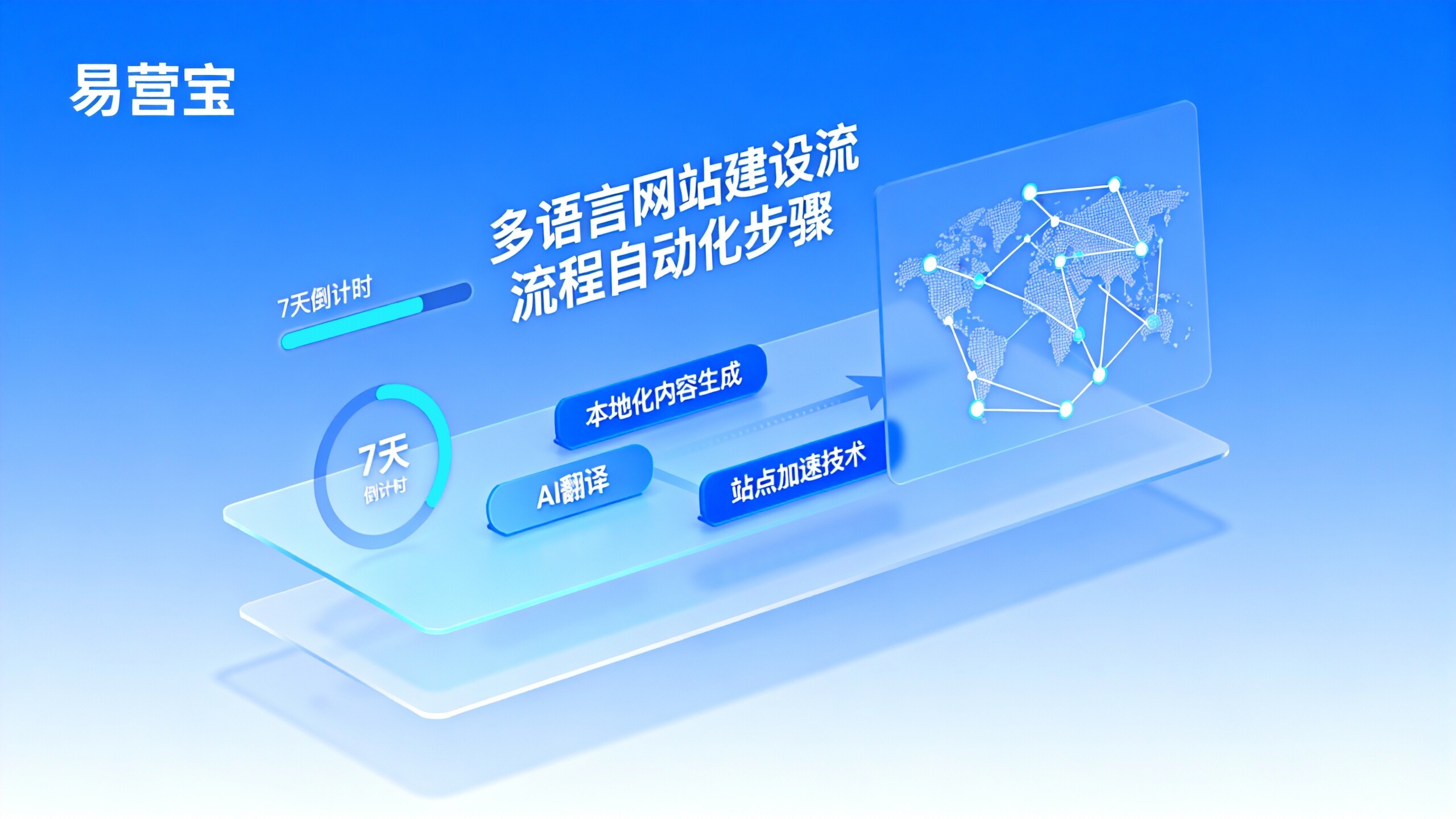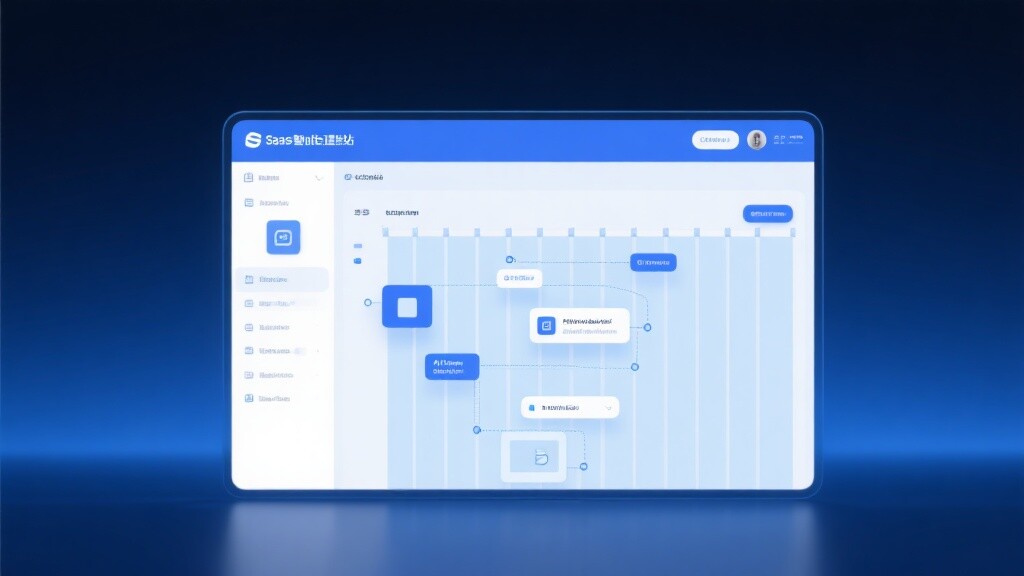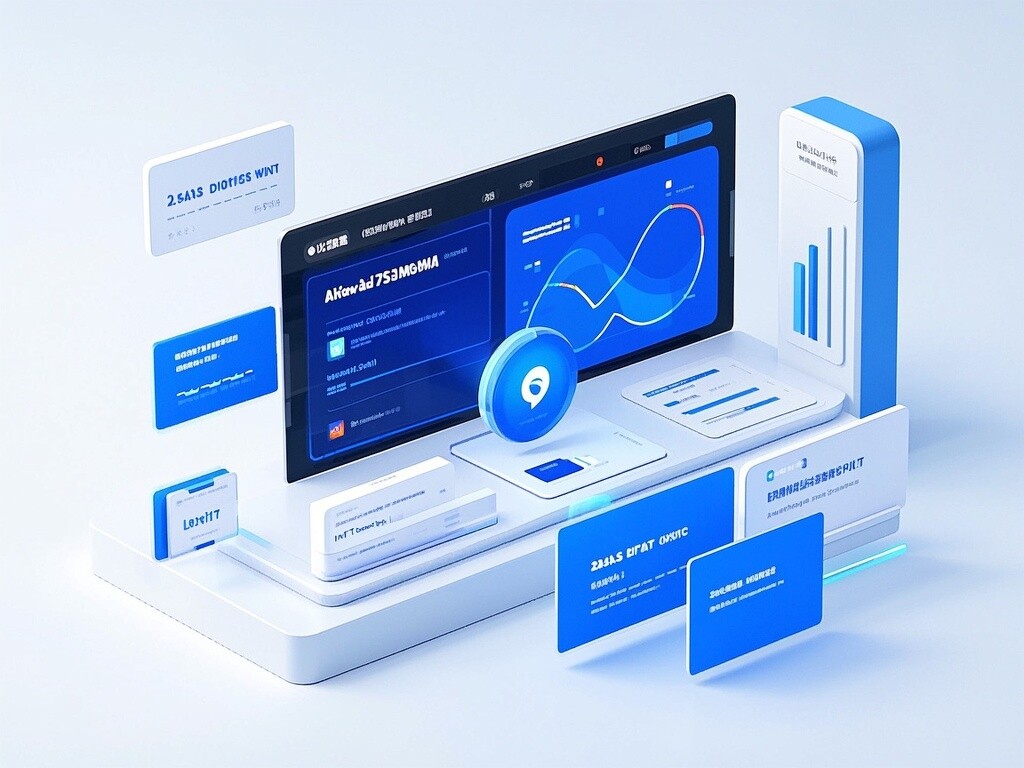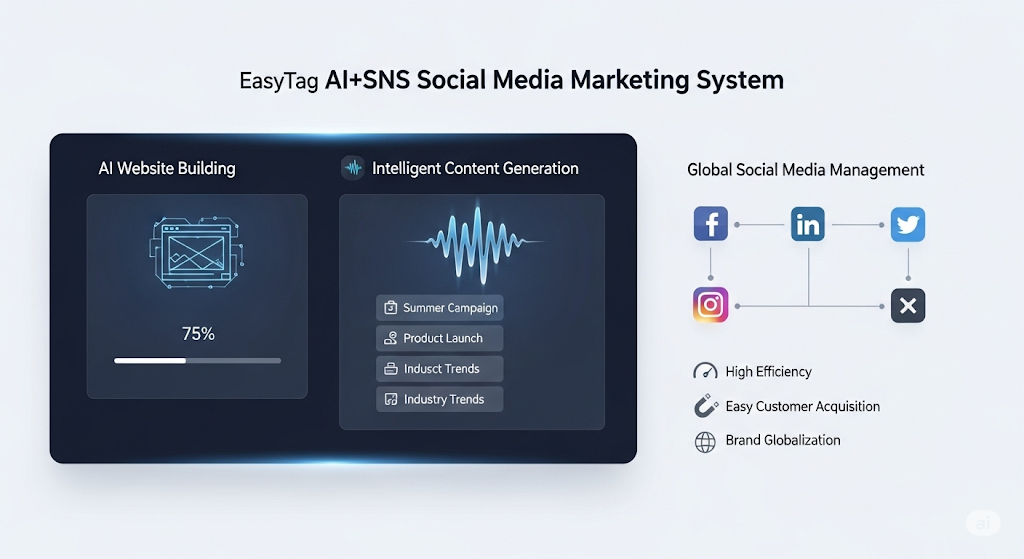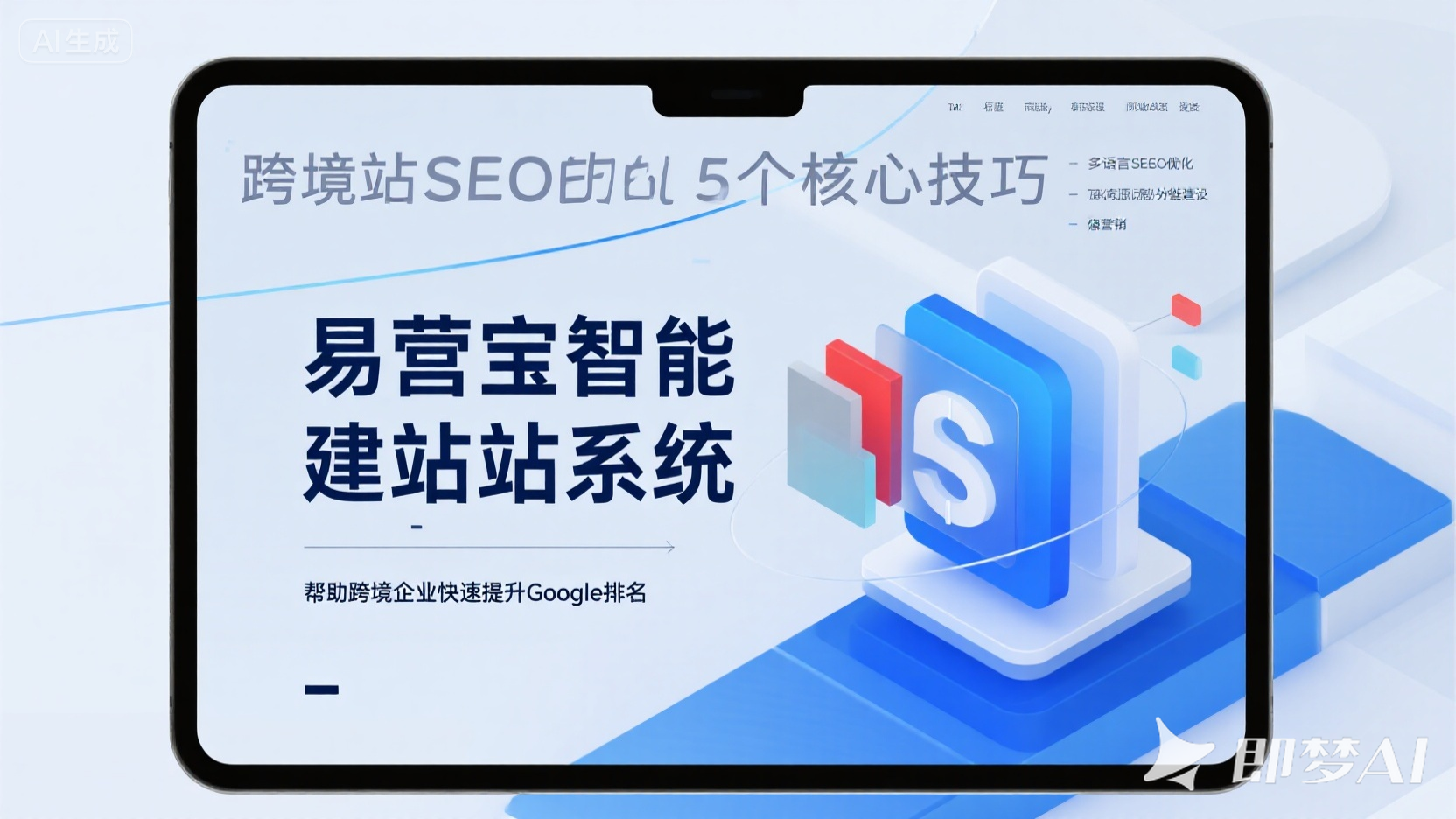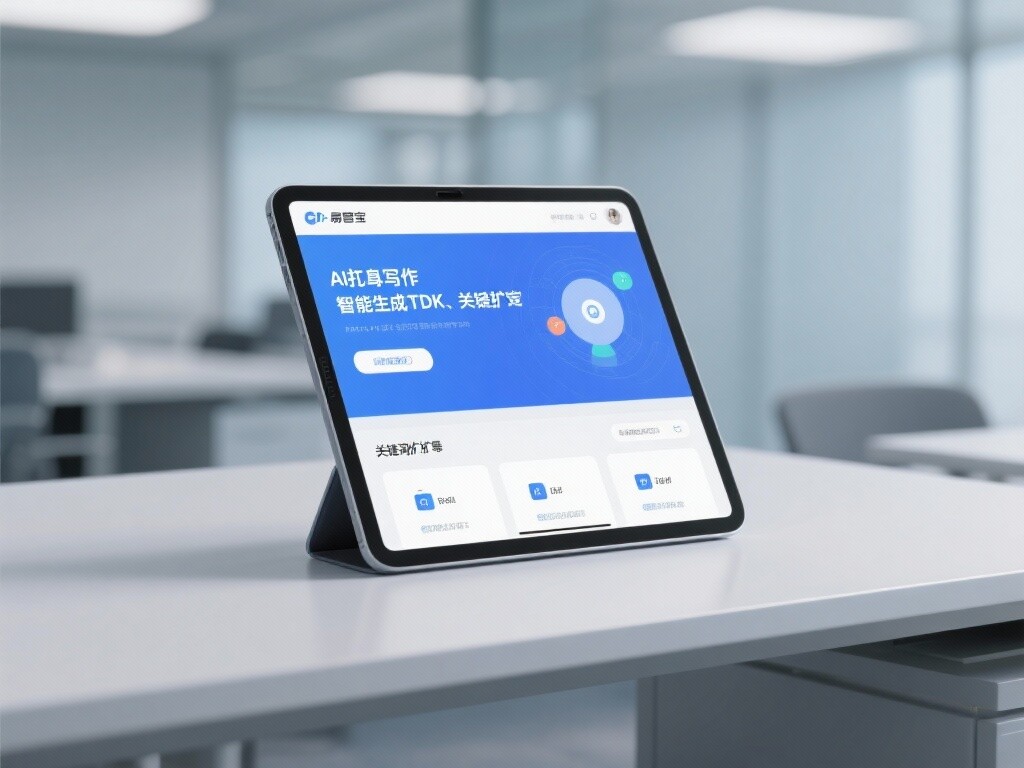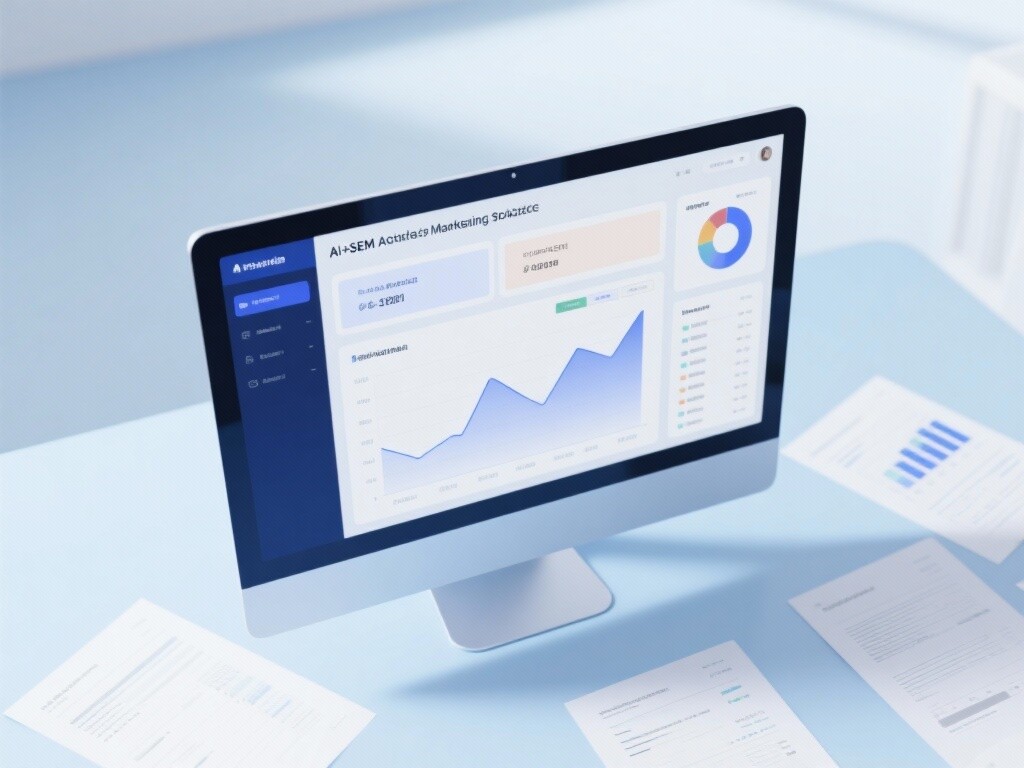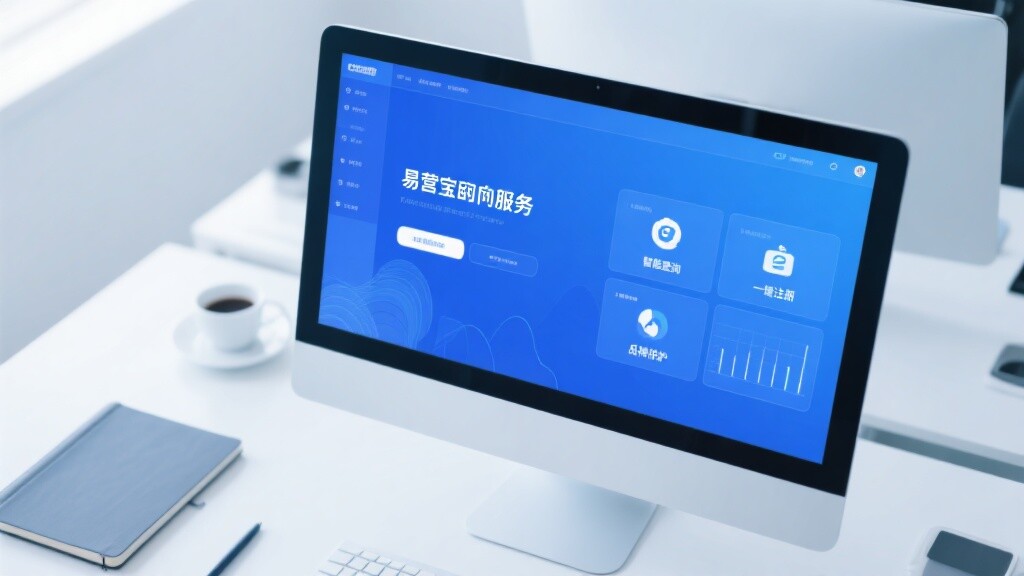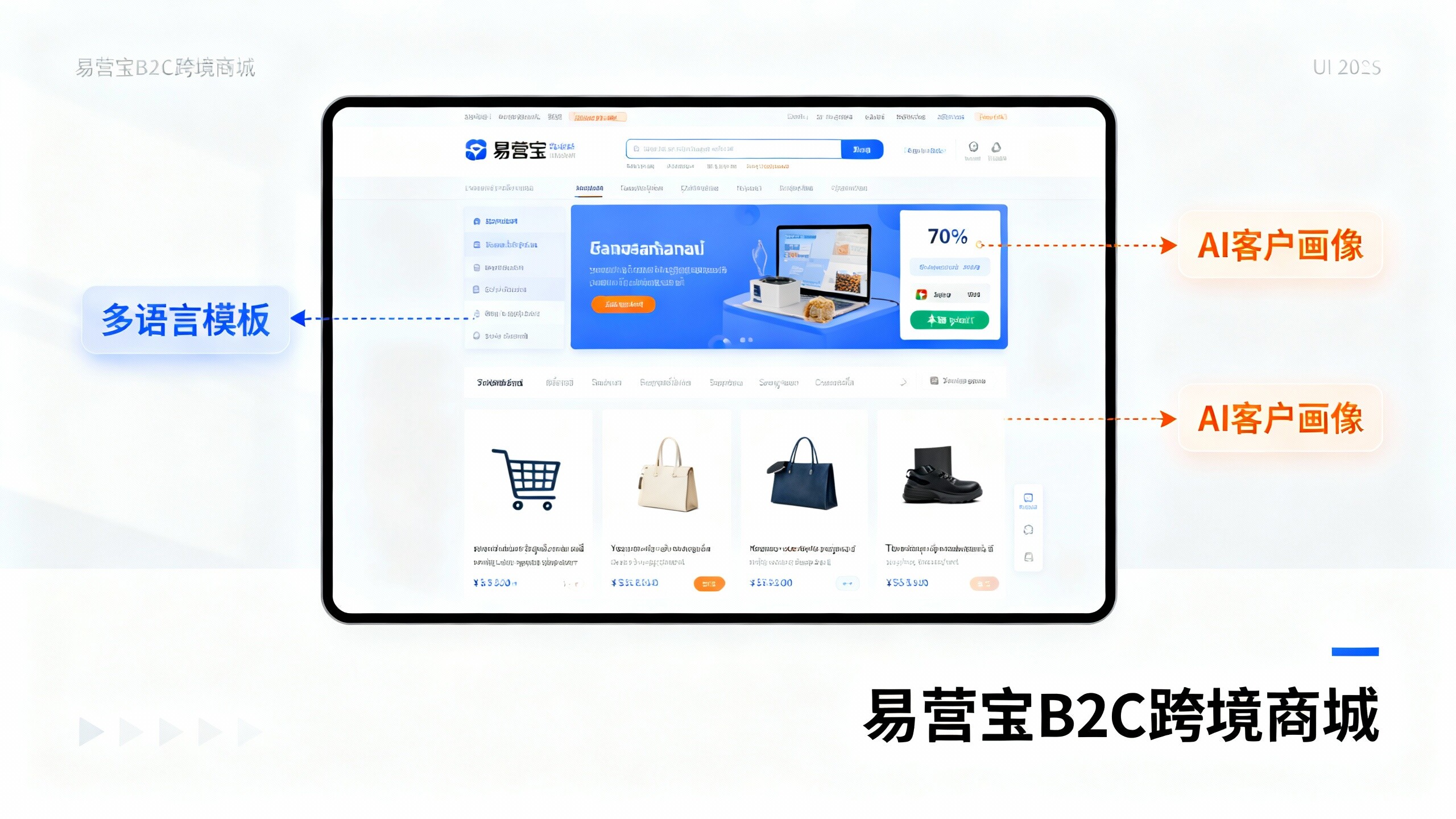- How much can AI-powered cross-border e-commerce website solutions improve conversion rates? Real data reveals the answer2025-12-11View Details
- Is it difficult to increase brand awareness? Effective strategies for 2024 + Recommended AI tool combinations2025-12-11View Details
- Data-Driven Advertising Boosts ROI by 50%? Real Case Analysis2025-12-11View Details
- The Secret to 3X Website Traffic Growth: AI + Localized Content Strategy2025-12-11View Details
- Can localized content really improve conversion rates? Proven results from the European market2025-12-11View Details
- Does website acceleration affect conversion rates? The 2024 loading speed standards have been updated.2025-12-11View Details
- Why is your data-driven advertising ineffective? 90% of companies overlook this step2025-12-11View Details
- How can distributors quickly build localized foreign trade websites? AI website solutions are here2025-12-11View Details
Methods to Improve Website SEO Ranking: A Practical Guide
This guide is tailored for information researchers, users/operators, and technical evaluators in enterprise SaaS scenarios, focusing on methods to enhance website SEO ranking optimization, how to achieve rapid website indexing and standalone site SEO, as well as website loading speed optimization services and foreign trade inquiry conversion paths. The article integrates the decade-long industry experience of E-Commerce Information Technology (Beijing) Co., Ltd., AI-driven product capabilities, and global server acceleration practices, systematically presenting actionable SEM optimization techniques, standalone site SEO strategies, and technical roadmaps to help readers quickly identify issues and implement efficient solutions in the complex global traffic ecosystem, significantly improving website SEO optimization effectiveness and foreign trade inquiry volume.

Definition and Core Concepts: What Are SEO Optimization and Rapid Indexing?
Before implementing any method to improve website SEO ranking optimization, clarifying core concepts is crucial. SEO encompasses four pillars: content quality, website technical performance, external links, and user experience; rapid indexing refers to search engines' ability to recognize and include new pages in their indexes within a short timeframe. Standalone site SEO emphasizes multilingual structures, domain authority, and localized signals, which are particularly critical for foreign trade inquiries. Further, website loading speed optimization services, global server acceleration, and rational site structures directly impact crawl budgets and indexing frequency; SEM optimization techniques complement short-term customer acquisition methods and ad strategies, forming a synergistic SEO-SEM customer acquisition system.
Application Scenarios and Implementation: When Should Enterprises Use These Methods?
Typical application scenarios include: e-commerce promotions requiring short-term improvements in page indexing and conversion, media content distribution demanding stable crawl speeds and high concurrent visits, and enterprises with globalized operations needing multilingual sites and nearby server acceleration. In these scenarios, adopting smart site-building, automated TDK generation, and AI keyword expansion can significantly reduce the time window from content launch to indexing. Additionally, for stable bandwidth and cost-controlled overseas traffic management, prepaid traffic products like website traffic packages can lock in traffic costs and prioritize outbound deductions, seamlessly integrating with APIs for automated procurement, operations, and BI systems, supporting cross-team collaboration and elastic scalability.
Technical Performance and Optimization Strategies: End-to-End Optimization from Servers to Content
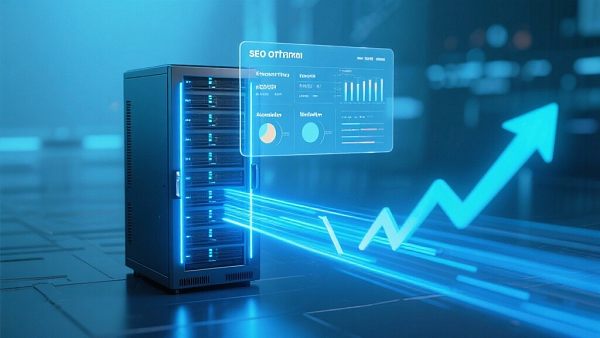
To systematically improve rankings, start with technical performance: First, global server acceleration and CDN node deployment reduce first-screen loading times and enhance search engine ratings; second, enable automated site detection tools to promptly fix dead links, redirect loops, and slow-response interfaces; third, leverage AI to generate high-quality, semantically rich page content, enhanced with structured data (Schema) to improve display effects in search results. For standalone site SEO, adopt language subdirectories or independent domain strategies with hreflang annotations to avoid duplicate indexing. For foreign trade inquiries, synchronize localized contact methods, compliant payment, and logistics descriptions to boost conversion rates and trust; integrate YouTube customer acquisition and social media signals into content strategies to close the loop between search and social traffic.
Comparative Analysis: Standalone Site SEO vs. Third-Party Platforms/Paid Traffic Pros and Cons
Standalone site SEO and third-party platforms (e.g., Amazon, AliExpress International) as well as paid SEM each have trade-offs. Standalone site SEO requires high upfront investment but offers long-term value, brand-building, and data ownership; third-party platforms deliver quick orders but are constrained by platform rules and溢价, making it hard to build long-term assets. Paid traffic (SEM optimization techniques) yields fast results, suitable for new product launches or traffic re-engagement, but incurs higher long-term costs. The following table further contrasts the three approaches in speed, cost, controllability, and conversion paths:
Procurement Guide and Cost Control: How to Select and Deploy Resources
When procuring and deploying, stratify by need: the foundational layer focuses on domains, SSL, CDN, and hosting performance; the application layer prioritizes site architecture, mobile adaptability, and multilingual support; the marketing layer emphasizes content generation, TDK strategies, and backlink building. For unstable global traffic budgets or peak promotional periods, prepaid traffic tools are recommended to mitigate cost volatility and ensure directional stability. A common practice combination is: smart site-building systems + global CDN + prepaid traffic packages + AI content engines, which simultaneously address loading speed, cost, and content output issues. Verify if vendors support API automated procurement, real-time traffic monitoring, and multi-account consolidated billing to control payment and operational risks while enabling rapid expansion.

Client Cases and Industry Scenarios: Proven Results and Quantifiable Metrics
For example, a manufacturing export enterprise adopting multilingual standalone sites and global server acceleration saw average page load times shorten by 40%, organic traffic SEO scores improve by 35%, and foreign trade inquiries grow ~60% within three months. Another e-commerce client during a major promotion combined smart TDK auto-generation with traffic package strategies, achieving a 62x increase in ad ROI while reducing operational costs by ~30%. These gains stem from data-driven AI keyword expansion, intelligent fault detection, and regional CDN node deployments; for technical evaluators, these metrics directly feed ROI model validation and next-phase budget allocation.
Common Misconceptions and Trend Recommendations
Misconception one: “More content is better”—quality and structure matter more; misconception two: “Backlinks alone suffice”—ignoring technical performance and user experience leads to high bounce rates; misconception three: “Relying solely on local servers”—causing loading bottlenecks in globalized scenarios. Future trends will see AI-driven automated content production, TDK auto-generation, and multimodal assets become standard, with YouTube customer acquisition and social media automation forming multi-channel traffic matrices with search engine SEO. Enterprises should prioritize reusable technical platforms, data pipelines, and compliant architectures to quickly iterate SEM optimization techniques and achieve long-term growth.
FAQ and Call to Action
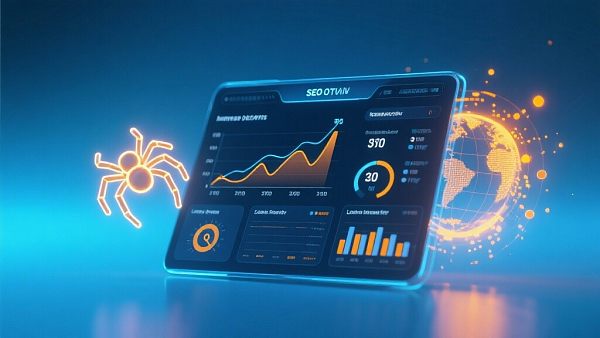
FAQ: How to achieve rapid website indexing? Answer: Ensure site technical health, submit sitemaps, use index request tools, update high-quality content frequently, and combine with global server acceleration to significantly shorten indexing time. How to evaluate website loading speed optimization services? Answer: Core metrics include Time to First Byte (TTFB), First Contentful Paint (FCP), and Time to Interactive (TTI), comparing CDN performance differences. Need help formulating localized solutions or testing traffic packages, smart site-building, and AI marketing engine combinations? Contact us for customized technical evaluations and pilot programs. Why choose us: E-Commerce holds a decade of industry experience, Google Premier Partner and Meta official agency credentials, with technical platforms averaging over 12 annual upgrades, empowering 100,000+ enterprises in cross-border growth through AI keyword expansion, TDK auto-generation, and global CDN nodes. If you’re ready to enhance website SEO ranking optimization, achieve stable foreign trade inquiry growth, or evaluate standalone site SEO deployment, contact us immediately for free diagnostics and ROI assessments.
- Campbell (name)
- free-standing station
- Intelligent website building system
- SEO optimization
- Intelligent website building
- Independent site SEO
- Global Server Acceleration
- Website seo optimization
- Website traffic
- Multilingual Independent Site
- Youtube
- SEO optimization effect
- Link Building
- Website loading speed
- SEO
- AI Marketing Engine
- Global Traffic Ecosystem
- social media automation
- SEO ranking optimization
- Trade inquiry
- YouTube Lead Generation
- How to achieve rapid website indexing
- SEM Optimization Tips
- Website Load Speed Optimization Service
- Ways to boost your website's SEO ranking
Related articles
Related products








